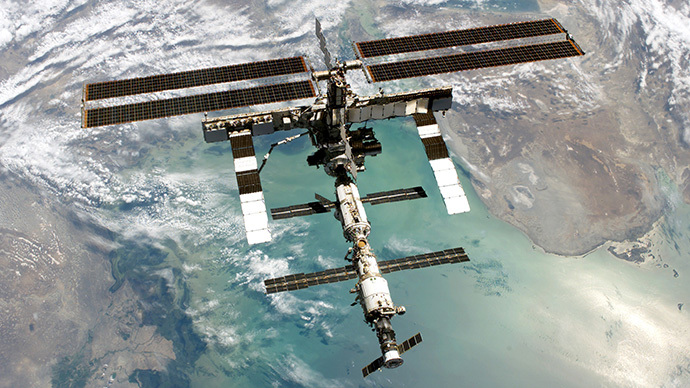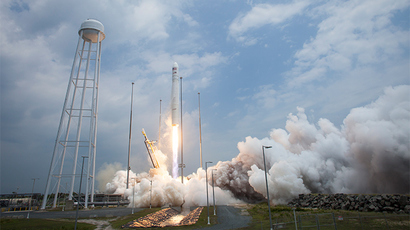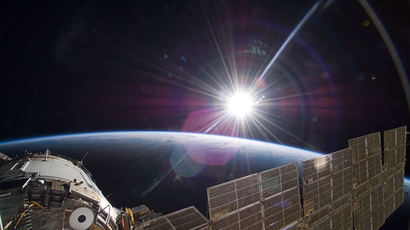Life in space? Sea plankton discovered attached to ISS outer hull

Russian scientists say they made a “unique” discovery while analyzing samples from the exterior of the International Space Station – traces of tiny sea creatures on the station’s windows and walls. It remains unclear how marine plankton ended up in space.
READ MORE: Most jaw-dropping locations and events on Earth photographed from ISS
The results of the recent experiments prove that that some
organisms are capable of living on the outer surface of the
International Space Station (ISS), Vladimir Solovyev, head of the
Russian segment of the ISS, has revealed.
Some studies suggest that these organisms may even develop in the
hostile conditions of spaceflight, which include vacuum, low
temperatures, radiation and others, he added.
“The results of the so-called ‘Test’ experiment are unique.
On the surface of the [ISS] windows we found traces of marine
plankton – the microparticles – that will become the subject of
further studies,” Solovyev was quoted as saying by
Itar-Tass.
While the experiments on the matter were finalized last year, it
is still unclear how the microparticles could get all the way to
the ISS, Solovyev said.
“[Plankton in] such phases of development is found on the
surface of the ocean. It isn’t characteristic to Baikonur,”
he explained, referring to Baikonur Cosmodrome in Kazakhstan from
where crew and cargo deliveries to ISS are launched.
“It turns out that there are some rising air currents, which
settle on the surface of the station,” Solovyev added.
The former cosmonaut, who spent nearly a year in orbit back in
the 1980s, said that outer surface of ISS is “heavily
contaminated” by the waste products from engines of the
arriving spacecraft, atmospheric discharges from the station
during spacewalks by the crew and other factors.
“We are currently conducting special operations to be able to
somehow to polish and clean up the windows [at the ISS]. This is
especially important during long space flights,” Solovyev
concluded.
The assembly of the International Space Station began in 1998.
Since then it has spent nearly 6,000 days in Earth orbit.
Russia says it has no plans to continue its partnership in the
station after 2020, while the US segment of the station is
financed until 2024.
Russian space agency Roscosmos has proposed using the ISS to
commission modules for a new space station, called OPSEK (Orbital
Piloted Assembly and Experiment Complex).
READ MORE: Brightest in 20 years: Spectacular ISS pics of Sunday’s supermoon














